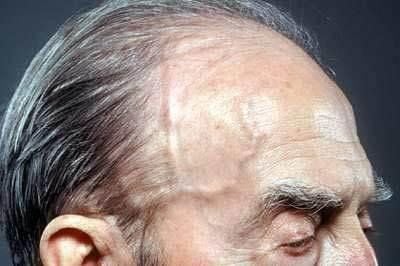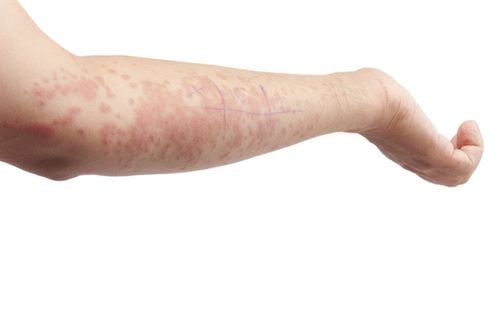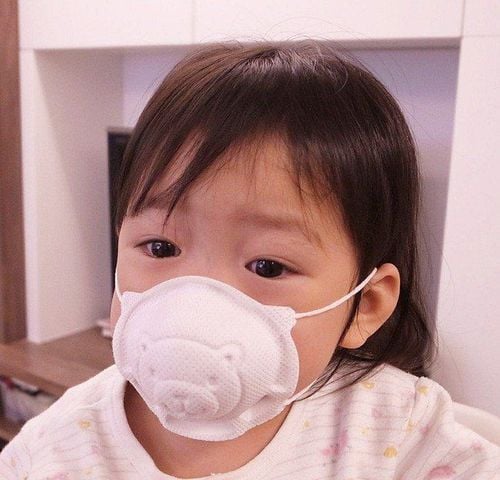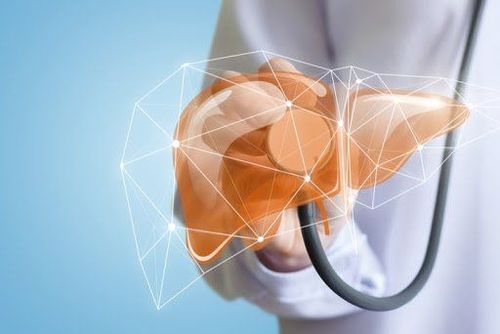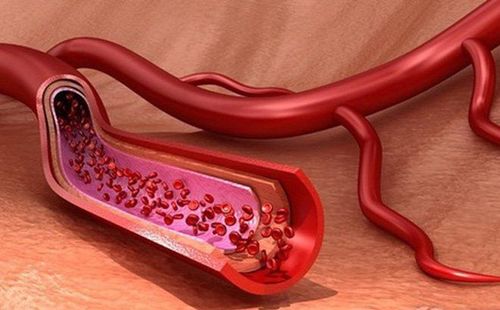This is an automatically translated article.
The article was professionally consulted with Master, Doctor Cao Thanh Tam - Cardiologist - Cardiovascular Center - Vinmec Central Park International General Hospital.Arteriovenous fistulas can appear in the legs, blood vessels of the brain, blood vessels of the lungs, or anywhere else in the body. If the closure of an arteriovenous fistula is not indicated for timely intervention, it can cause many serious health complications.
1. In what cases is indicated for closure of arteriovenous fistula?
Normally, blood flows from the arteries to the capillaries and then to the veins. Oxygen and nutrients in the blood pass from the capillaries into the tissues of the body. An arteriovenous fistula is an abnormal fistula between an artery and a vein. When there is an arteriovenous fistula, blood will flow directly from the artery to the vein, bypassing some capillaries, causing the capillary tissues to not receive blood from the arteries, these tissues will be undernourished. and oxygen.Arteriovenous fistulas can appear in the legs, blood vessels of the brain, blood vessels of the lungs, or anywhere in the body. Causes may be congenital vascular abnormalities, genetics, transdermal trauma or complications following vascular interventions. Abnormal fistulas, if not detected and treated promptly, will cause many serious complications such as heart failure, rupture of vascular malformations, blood clot formation,...
Closure of arteriovenous fistula is technique used to completely occlude the vascular system of the whole / part of an organ / a branch circuit or at a focal point. Many methods can be used to cause vascular occlusion such as coil drop, microcoil, Gianturco,...; cause blockage with gels, liquids, particles; Instrumental closure of the arterial fistula (Vascular Plug, ADO),...
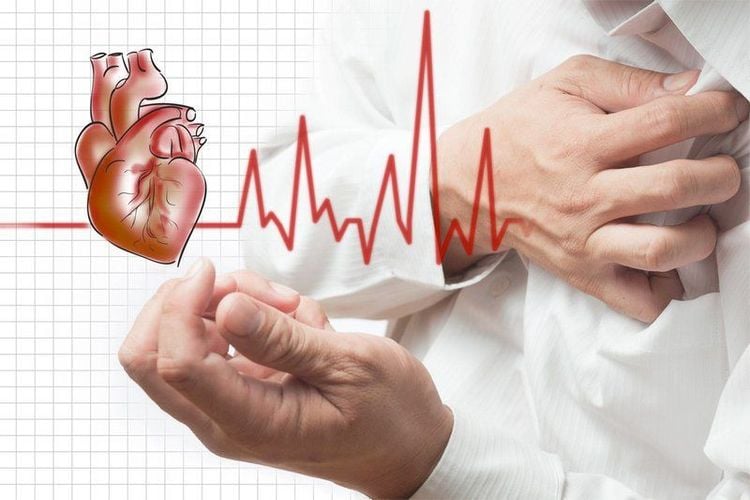
People with risk factors for vascular malformation rupture, who have a history of previous vascular malformation rupture. Arteriovenous fistulas are small in size, because small arteriovenous masses when ruptured can cause larger hematomas than large or medium sized masses. Arteriovenous fistula causes symptoms that greatly affect the patient's life. Surgery to close the arteriovenous fistula is not possible in case the patient has a history of allergy to contrast; Patients who are prone to bleeding or have serious medical conditions cannot perform the procedure.
2. How to close an arteriovenous fistula?
Closed arteriovenous fistula can be performed in many cases such as pulmonary arteriovenous fistula, coronary artery fistula, venous fistula, etc. The essence of this method is that a small catheter is inserted. into an artery near the site of the fistula using imaging techniques. The surgeon will then place a metal coil (coil) at the site of the fistula to re-direct the flow of blood.The steps of the intervention to close the arteriovenous fistula are performed as follows:
Administer anesthesia or anaesthesia depending on the age of the patient and the complexity of the procedure. Select the approach to the lesion, preferring the straight approach, the least complicated with systemic arteriovenous fistula. A balloon catheter may be used to temporarily block blood flow through the fistula site. Through the arterial route, a catheter (MP or pigtail) is inserted to locate the fistula and correlate it with major blood vessels. An MP catheter can be inserted into the damaged blood supply vessels for selective imaging before inserting the interventional catheter.
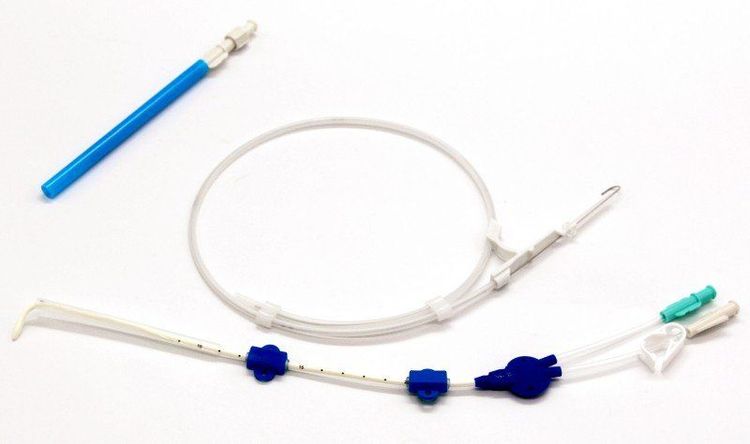
3. Possible complications after the intervention to close the arteriovenous fistula
After the intervention to close the arteriovenous fistula, the patient may experience complications such as:Systemic embolism or paradoxical embolism Pulmonary gas complication Pulmonary infarction Instrument displacement Hemolysis Patient will be monitored Close monitoring for early detection of complications. The treatment of complications depends on the specific condition of the patient.
Periodic health check-ups help to detect diseases early so that there is a treatment plan for optimal results. Currently, Vinmec International General Hospital has general health checkup packages suitable for each age, gender and individual needs of customers with a reasonable price policy.
The patient's examination results will be returned to the home. After receiving the results of the general health examination, if you detect diseases that require intensive examination and treatment, you can use services from other specialties right at the Hospital with quality treatment and services. outstanding customer service.
Please dial HOTLINE for more information or register for an appointment HERE. Download MyVinmec app to make appointments faster and to manage your bookings easily.





